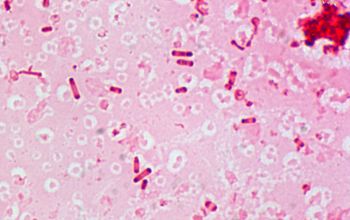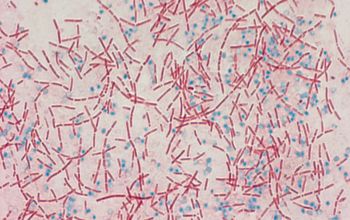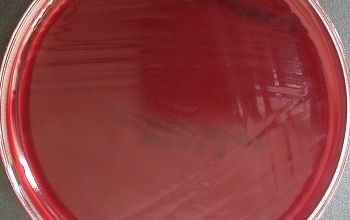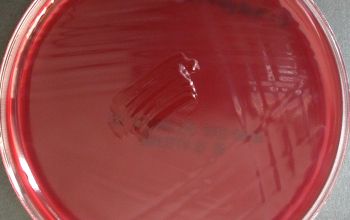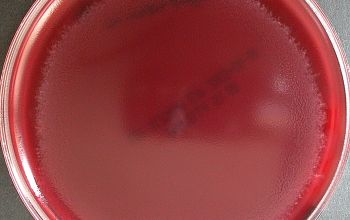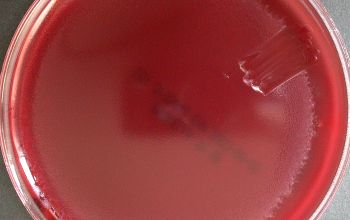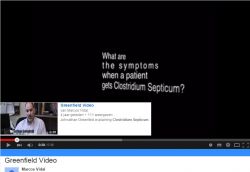Clostridium septicum
-
General information
Taxonomy
Family: Clostridiaceae
Natural habitats
Ubiquitous in nature, being found in the soil and feces from animals, especially ruminants.
Is rarely isolated from feces of healthy people
Clinical significance.
This bacterium is the principal cause of trauma-associated gas gangrene and their incidence increases dramatically in times of war, hurricanes, earthquakes, and other mass casualty conditions.
The clinical importance of recognizing C. septicum bacteremia and starting appropiate treatment immediately cannot be overemphasized.
Patients with this condition are usually gravely ill and may have metastatic spread to distant anatomic sites, resulting in spontaneous myonecrosis.
Mortality rates are very high. Clostridium septicum isolated from blood cultures may indicate cancer or other diseases of the colon.
-
Gram stain
Gram positive (Gram negative in older cultures) straight or curved
0.6-1.9 x 1.9-35.0 µm,
occurring singly or in pairs.
Cells may be extremely pleomorphic under certain conditions
Spores often in "lemon"forms
Spores oval / subterminal
Swelling of the cells positive
-
Culture characteristics
-
Obligate anaerobic
BBAØ: colonies are 1-5 mm in diameter, beta-hemolytic, slightly raised, translucent, gray, glossy, circular, with irregular to rhizoid margins,
often swarming.
-
-
Characteristics
-
References
James Versalovic et al.(2011) Manual of Clinical Microbiology 10th Edition
Karen C. Carrol et al (2019) Manual of Clinical Microbiology, 12th Edition

